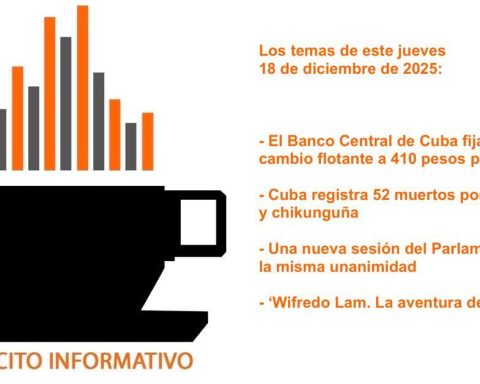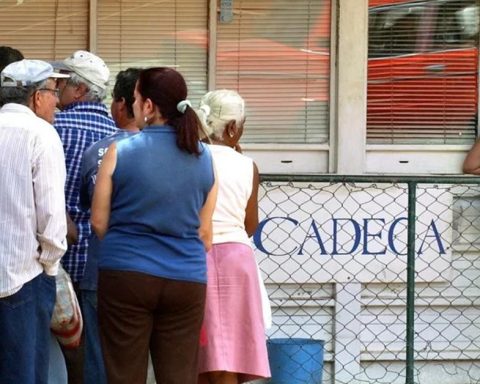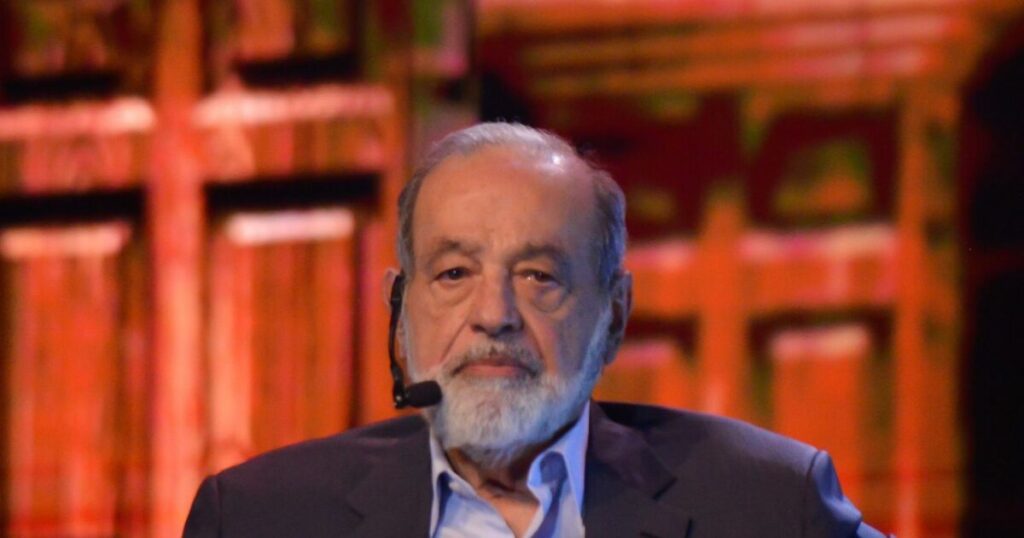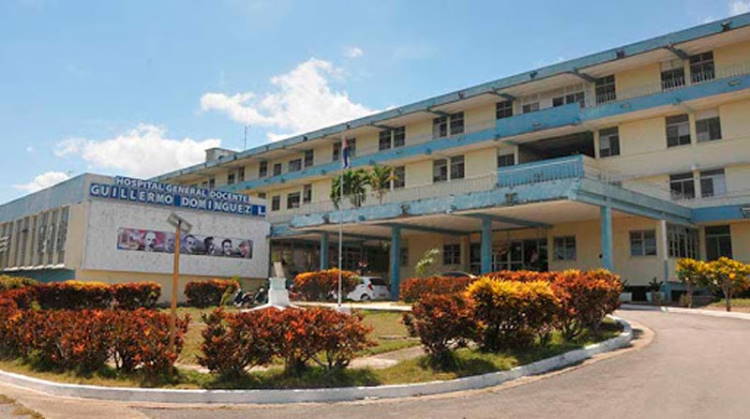Two dilapidated Moskvich lead the queue in front of the Havana service center on G and 25. The first, a red vehicle, pays for its fuel ration while an employee explains to customers that it is impossible to take an extra gallon. “The sale is limited to what fits in the tank,” she replies, adamant, “everyone knows that measure.”
The second Moskvich, with a body full of bruises and blue plating, takes his place while the employee continues her warning, so that the rest of the drivers listen to her: “People don’t understand,” she says, “there is almost no fuel and , at least today, they no longer bring more. It is what it is”.
The forecasts of the state company Unión Cuba-Petróleo (Cupet) this very Wednesday make it very clear what the situation is: between the “demand higher than usual” and the “operational difficulties” to transport gasoline from the Cienfuegos refinery, the fuel deficit is expected to continue.
The cars pass little by little and the Cupet workers attend to them with parsimony. Nobody in Havana can stand in line if they are in a hurry, and the service center is no different: at least 20 cars are waiting their turn parked in the sun.
Having a full tank and having a reserve is almost impossible in the capital, not to mention the rest of the island. Drivers face two possibilities: either the establishment is completely empty – a sign that fuel has not arrived for days – or that the duration of the queue is many hours.
This is what happens at the central gas station in Tángana, between Calzada and N, where vehicles are crowded into three different lines in the same queue. The estimated time to reach the dispenser is incalculable.
“Although if you deliver part of the fuel you buy, there are drivers who let you sneak in,” he explained to 14ymedio one of the clients who was waiting this Wednesday in the impossible queue for the Tángana, which had already circled the Cupet block several times.
At the La Rampa gas station, on 23rd and Malecón, no car is waiting. Despite its position, at the gateway to Vedado, the Government has not filled its deposits either.
The most devastating option is to drive to a gas station and discover that little fuel has been lost along the way. Out of stock, the San Rafael and Infanta Cupet doesn’t even have its store windows fully open. The only thing that remains active is the small adjoining shop, where the absence of a queue is a sign that there is nothing useful to buy there either.
At the La Rampa gas station, on 23rd and Malecón, no car is waiting. Despite its position, at the gateway to Vedado, the Government has not filled its deposits either.
Fuel shortages make many everyday tasks more chaotic and expensive, such as moving goods to farmers’ markets or moving house. For Abel, 27 years old and a member of a team of private agents that moves furniture and belongings between one home and another, “the lack of gasoline has raised prices for customers and has complicated the work” of his small business.

“Right now, an average move between two houses here in Havana, where four men are employed on each team, does not fall below 20,000 pesos, and that price has a lot to do with the problems buying fuel. In the end, all those difficulties end up in the client’s pocket and do not allow us to do our job efficiently”.
Abel’s team must guarantee diesel several days in advance to move his truck and, many times, “the person who hires has to wait longer for us to give him a confirmation. We cannot say yes until we know that we are going to being able to fill the tank and you never know for sure,” lamented the young man. Another option is to go to the black market, “but the rush is expensive. You don’t stand in line but prepare your wallet.”
________________________
Collaborate with our work:
The team of 14ymedio is committed to doing serious journalism that reflects the reality of deep Cuba. Thank you for joining us on this long road. We invite you to continue supporting us, but this time becoming a member of our newspaper. Together we can continue transforming journalism in Cuba.

















